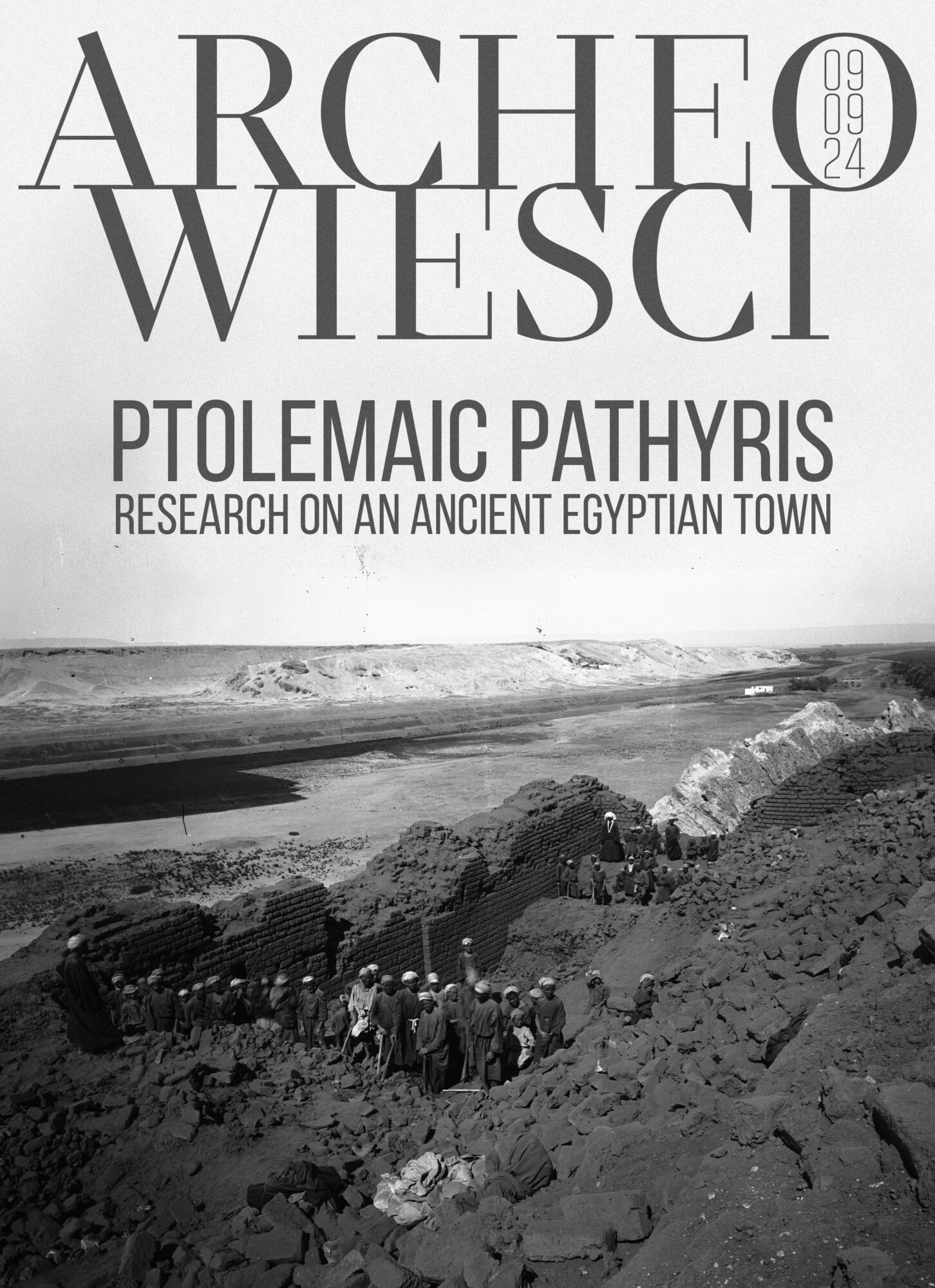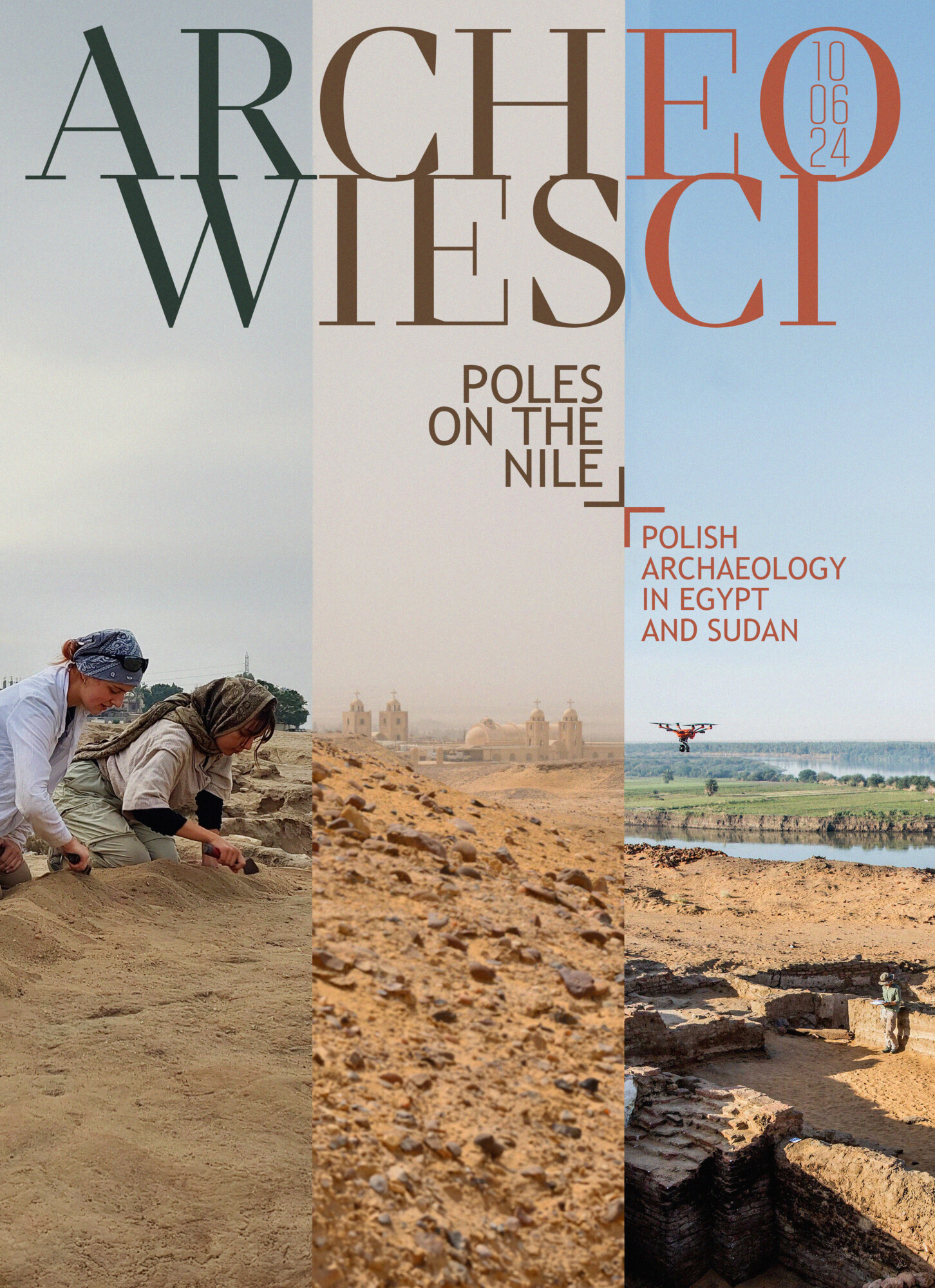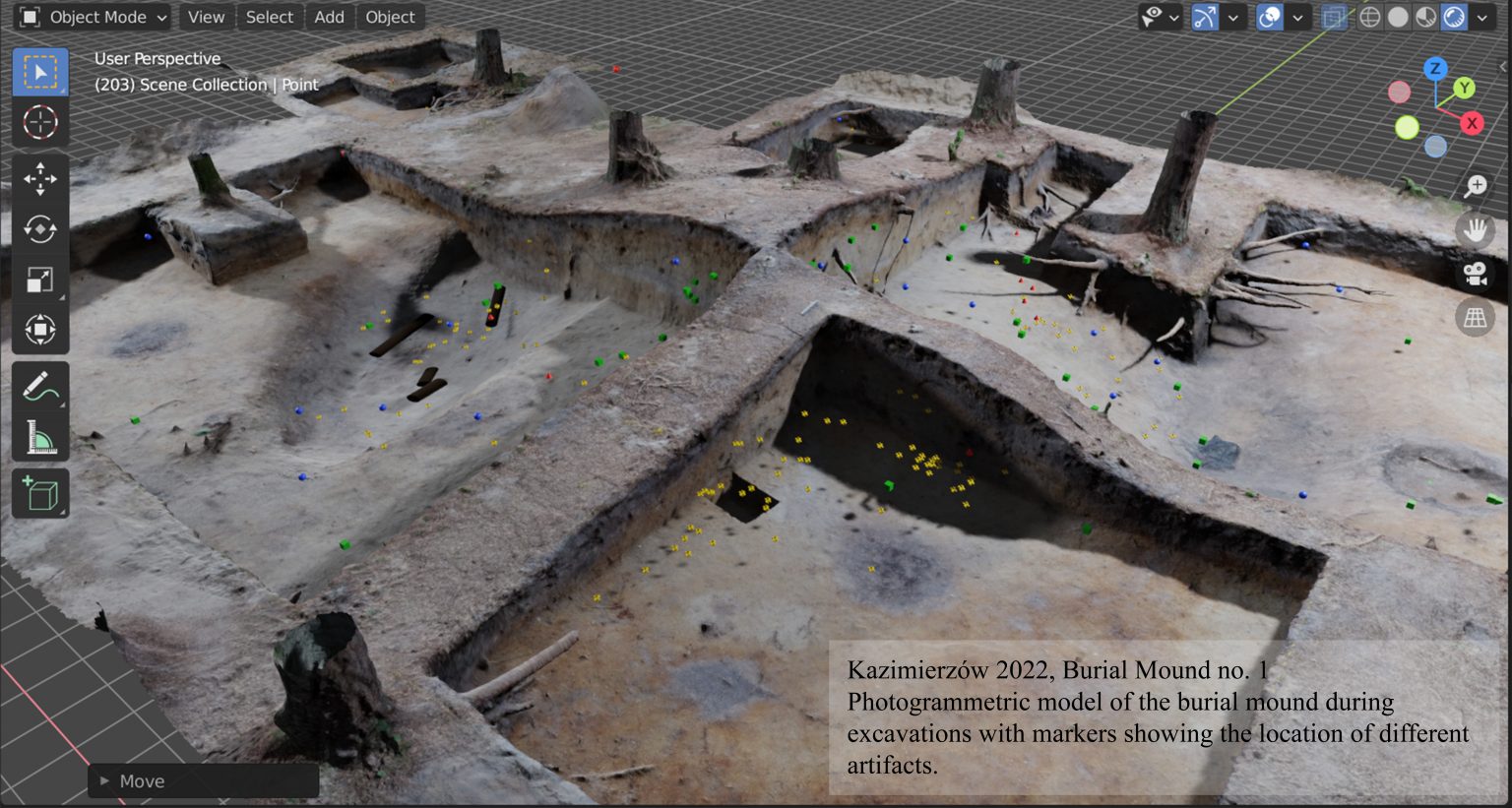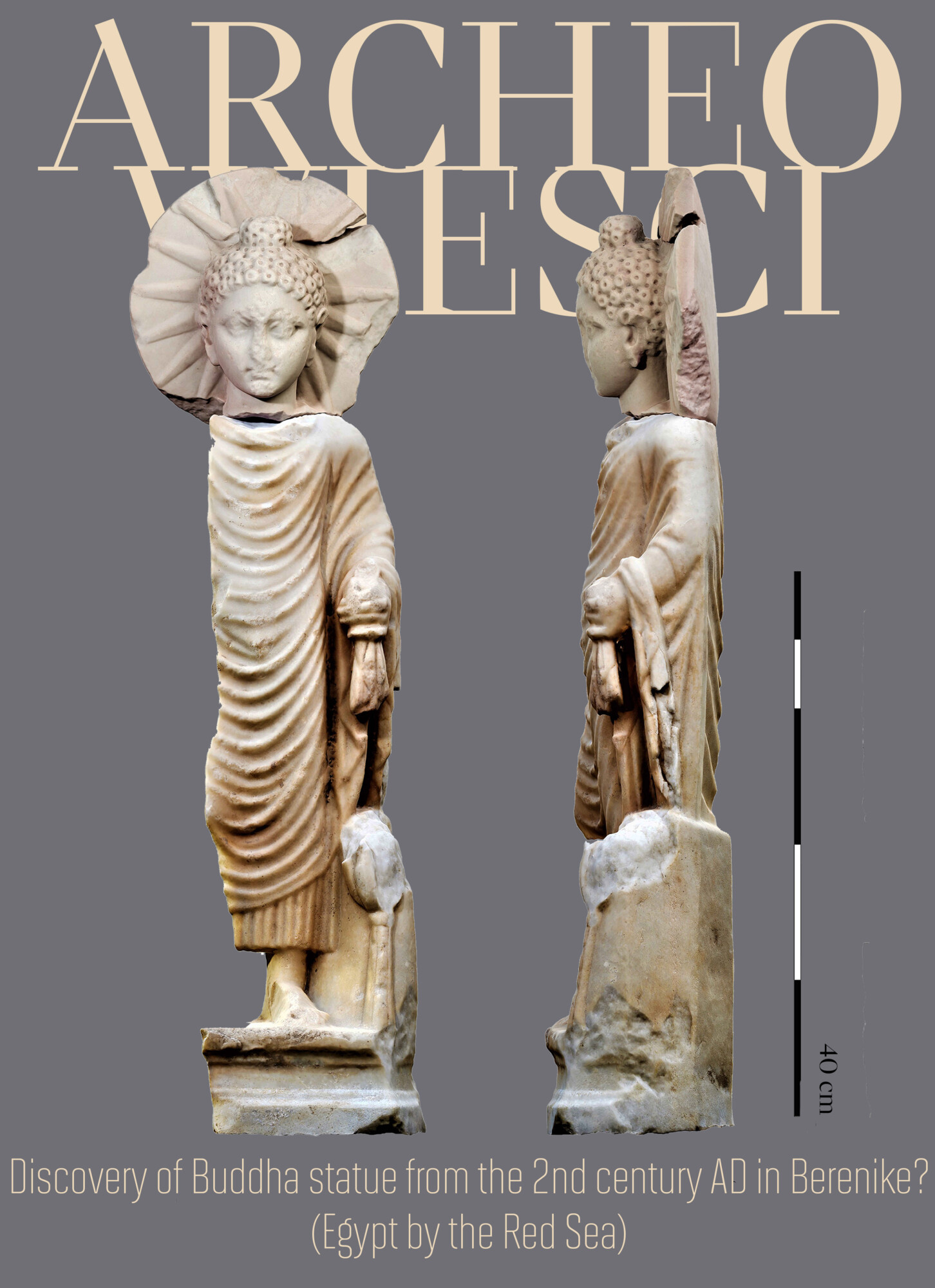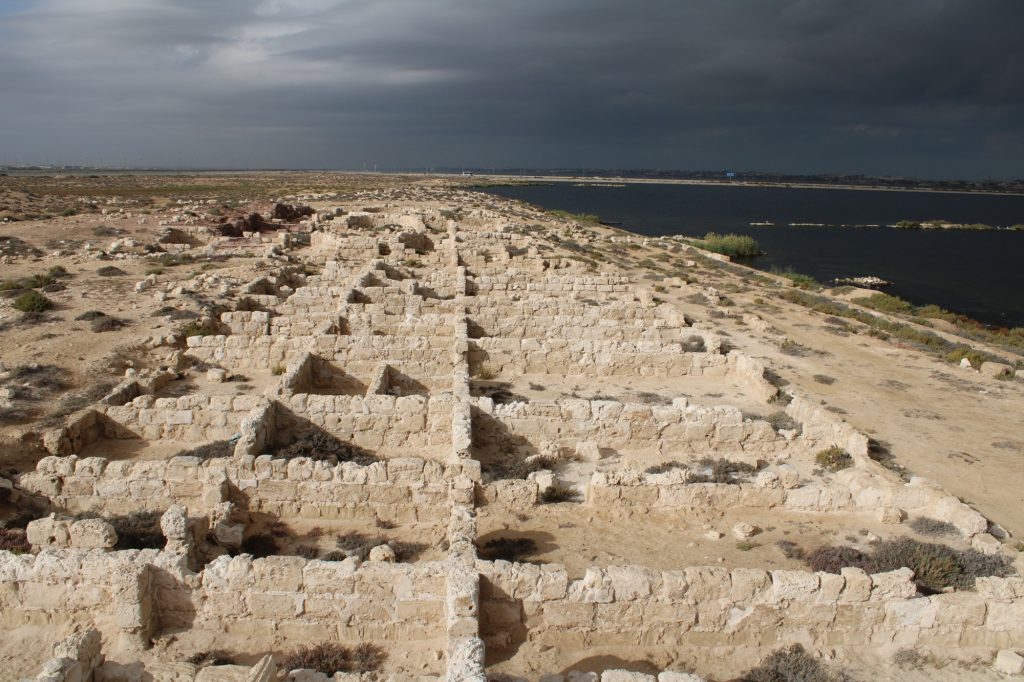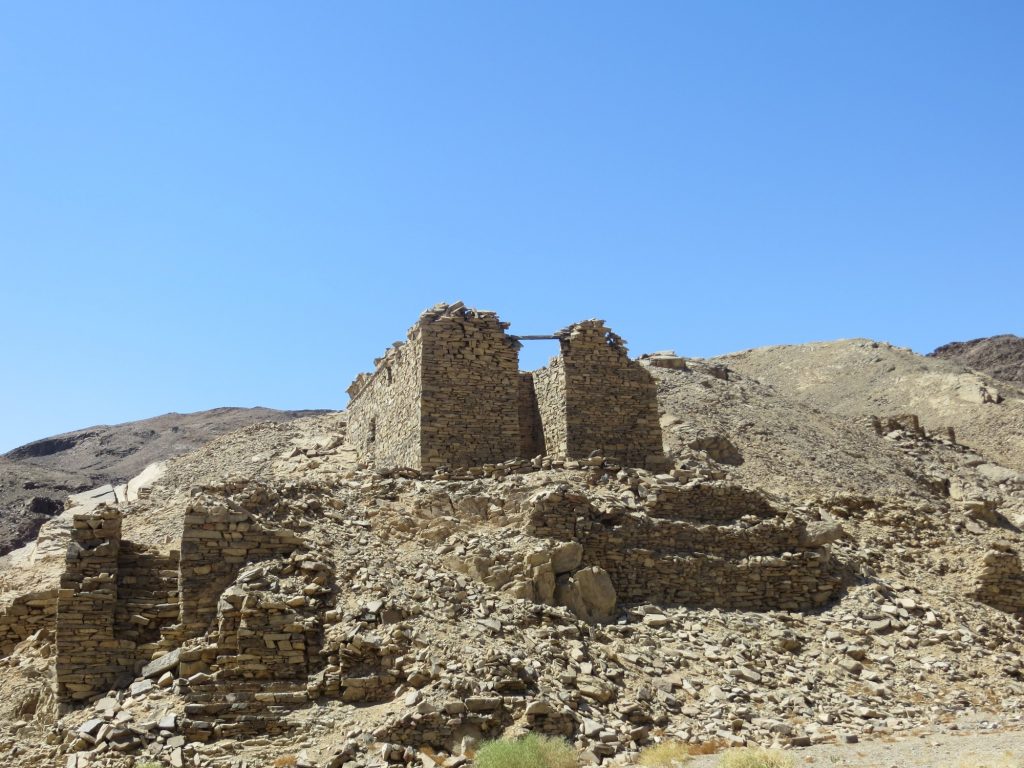The Ptolemaic Pathyris Project, funded by the National Science Centre (Polonez Bis 2 program, grant no. 2022/45/P/HS3/01807) and hosted by the Institute of Mediterranean and Oriental Cultures of the Polish Academy of Sciences, aims to reconstruct the urban layout and domestic architecture of Pathyris, a town located approximately 30 km southwest of Luxor in the Gebelein micro-region, using archival, papyrological, and geospatial data.
The site has yielded a vast collection of Greek and Demotic (an ancient Egyptian script used between the 7th century BCE and the 5th century CE) papyri, ostraca, and wooden tablets. To date, around 1,300 documents have been published, and many of the family archives have been extensively studied, providing a unique glimpse into various socio-economic aspects of Ptolemaic society
The lecture by Professor Quack, originally scheduled for February 18, 2025, has been postponed to April 2, 2025, at 1:00 PM.
Place: Maria Skłodowska-Curie Hall (1st floor), Staszic Palace, Nowy Świat 72, 00-330, and online.[Wykł
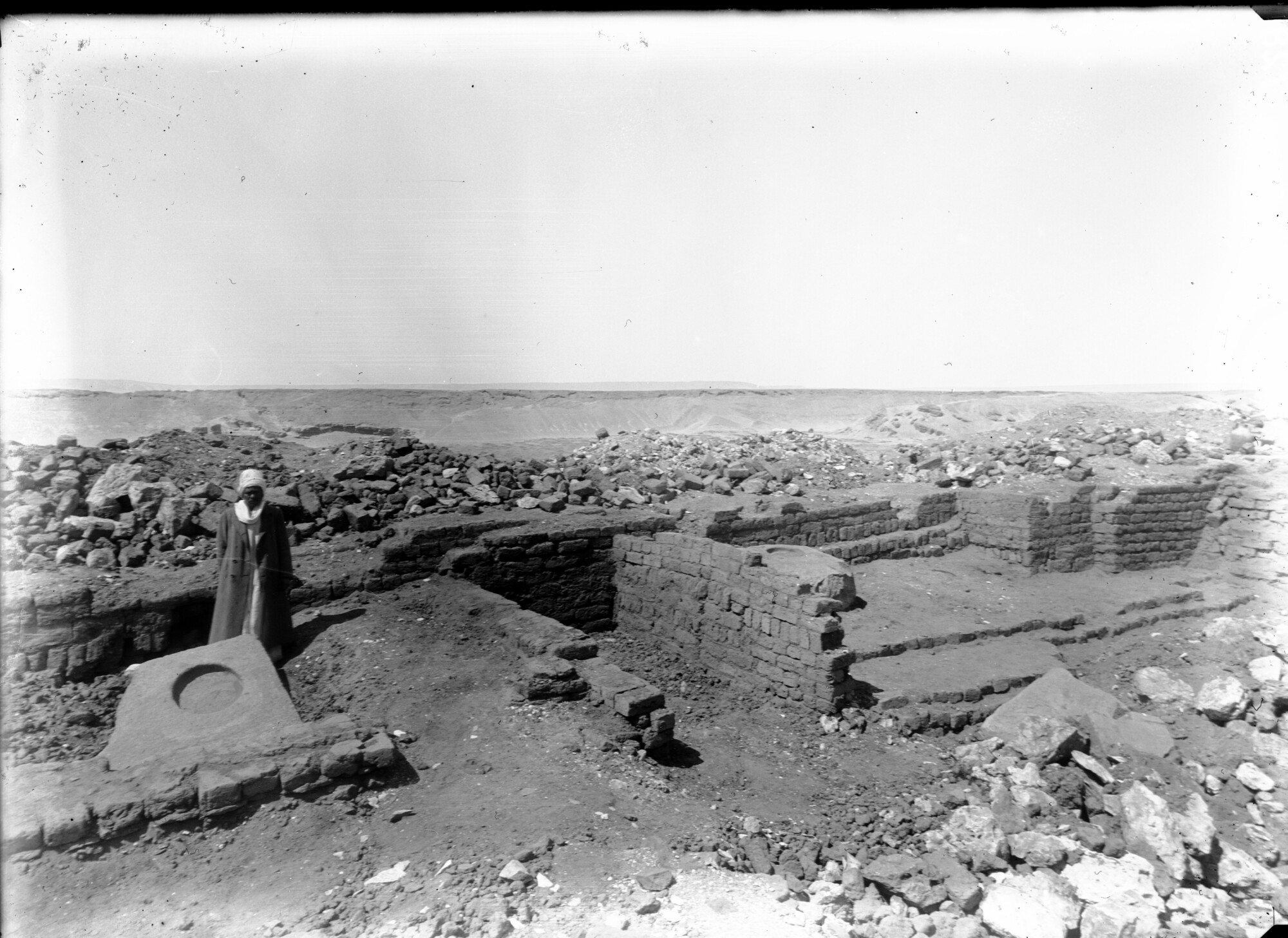 Continue reading “Unpublished documents from Pathyris – the demotic Gebelein temple archive”
Continue reading “Unpublished documents from Pathyris – the demotic Gebelein temple archive”

